What is Coffee Blooming & 6 Reasons Why It’s A Game-Changer for Your Brew
One of the tricks that I always recommend to budding baristas is to bloom their coffee. In my experience, this simple step can really be a game-changer in pour-over coffee brewing.
But it’s important to ask: Is coffee blooming really necessary?
If you have any doubts about this extra effort for your daily coffee, let me guide you through the whole idea of coffee bloom. Its meaning, why you ought to do it, and how exactly you must carry out this process with different brewing techniques.
What is Coffee Blooming?
Coffee bloom is basically the instant release of gases when hot water contacts ground coffee beans fresh from the grinder. These are gases such as carbon dioxide and others with a volatile nature that got trapped inside beans during their roasting.
But why does this even occur?
Roasting causes the formation of carbon dioxide within the bean which gradually runs off over time via degassing. Still, some amount of CO2 remains weeks after roasting.
Grinding the beans significantly speeds up degassing, but hot water hitting these grounds causes an immediate reaction – gas bubbles rise making a foamy layer on your brew’s surface. This is what we call a coffee bloom.
Is coffee bloom the same for all coffees?
Not all coffee beans are created equal. Certain factors affect how much a particular batch blooms including:
- Freshness of beans: Fresher beans possess higher carbon dioxide content that leads to a more significant bloom overall. Check out our guide to storing your coffee beans for maximum freshness.
- Grind size: Larger grind sizes often result in better consistency while allowing gas release during bloom.
- Water temperature: Using hotter water accelerates CO2 evacuation since heat speeds up chemical reactions involved in degassing.
- Humidity conditions: High humidity may slow down the release of carbon dioxide from coffee beans, affecting the blooming process.
- Bean origin and roast level: Certain origins or darker roasts might experience less blooming due to variations in gas retention properties.
Now let’s discover why taking advantage of this natural occurrence can make a significant impact on our overall experience.
Six Reasons Why You Should Bloom Your Coffee
So now you’re probably starting to understand how important blooming really is. But let me entertain thee further with six compelling reasons why coffee blooming is a great idea:
1. Enhances flavor profile
Blooming helps to bring out the full potential of the coffee’s flavor. By allowing for proper degassing and optimal extraction, bloomed coffee yields a more well-rounded and richer taste compared to under-extracted or poorly bloomed brews.
2. Improves aroma
Aromas are an integral part of our overall sensory experience with coffee. Blooming allows those delightful aromas locked within the beans to be released more effectively when hot water is added, enhancing the olfactory pleasure that comes with enjoying a freshly brewed cup of joe.
3. Ensures optimal extraction of coffee compounds
Proper bloom ensures that all of the desirable compounds in your ground coffee have ample contact time with water so they can fully infuse into your brew. This results in a more complete extraction and brings out unique flavors found in different bean varieties or roast levels.
4. Contributes to visual appeal
Watching that foamy bubble layer form atop your brewing vessel during blooming adds an element of beauty and excitement to the entire coffee brewing process. It heightens anticipation for what awaits inside that liquid gold once it’s ready to be savored.
5. Allows for troubleshooting in case of poorly blooming coffee
If you notice that your coffee isn’t blooming as expected, it may indicate an issue with the freshness or quality of your beans. Poor bloom can be a sign that your beans are stale, need to be ground more finely, or might not have been stored properly.
By being aware of and observing the blooming process, you can identify potential issues and adjust accordingly.
6. Enables control over brew strength and taste
Blooming offers flexibility and control when it comes to adjusting the strength and taste of your brewed coffee. The duration of the bloom phase affects how much carbon dioxide is released and how quickly water permeates through the grounds during brewing.
Adjusting this step allows you to fine-tune factors such as acidity levels or body according to personal preference.
Step-by-Step Guide To Bloom Coffee with Different Brewers
Different brewing methods require slight variations in the blooming process.
Here are the guides for making your coffee bloom depending on your coffee makers:
Pour-over Method
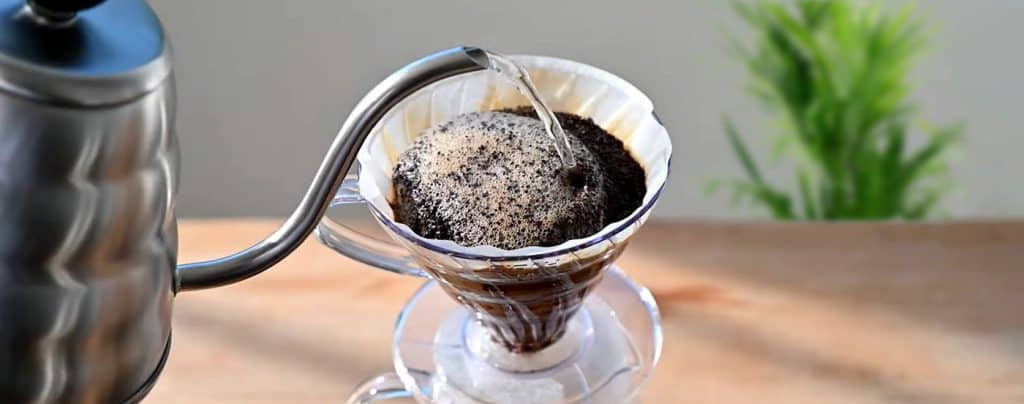
- Start by placing your filter in a dripper like the Hario V60 or the Chemex.
- Add fresh coffee grounds.
- Wet the grounds with a small amount of hot water in a circular motion, starting from the outside and working your way toward the center. This ensures even saturation of all grinds without dripping through the filter too soon.
- Watch as bubbles form and wait for about one minute before proceeding with your usual brewing process.
- Check my detailed Hario V60 recipe and also my article on how to use a Chemex for more details.
French Press Method
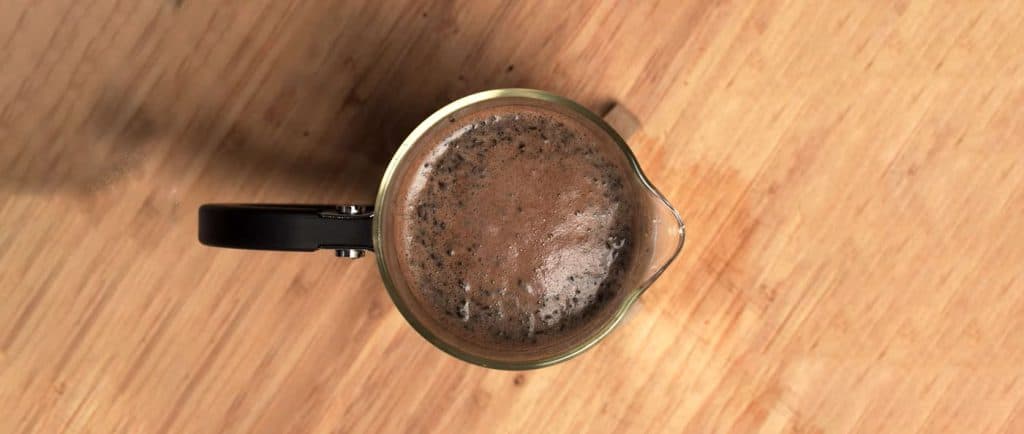
- Add coarsely ground coffee beans to your French press.
- Slowly pour hot water over them until they are fully saturated but not enough to overflow when plunged later on – around 20 seconds should suffice.
- Use a spoon to stir gently during this time to ensure all particles come into contact with water evenly before continuing with regular steeping based on my French press coffee recipe.
Automatic Drip Coffee Maker

- Place a paper filter within its basket and add freshly ground coffee beans according to my drip coffee recipe.
- Pour just enough hot water onto these grounds for soaking purposes while making sure it doesn’t seep through instantly.
- This typically takes about 90 seconds after starting the brewing cycle.
Espresso
- Espresso’s blooming process is referred to as pre-infusion. Begin by lifting the lever partially so that water flows freely onto the puck of coffee grounds without engaging the pump yet.
- After approximately 2-10 seconds, lift the lever all the way to fully engage the pump and continue with your regular extraction.
Cold brew blooming?! Yes, you can bloom cold brews with hot water.
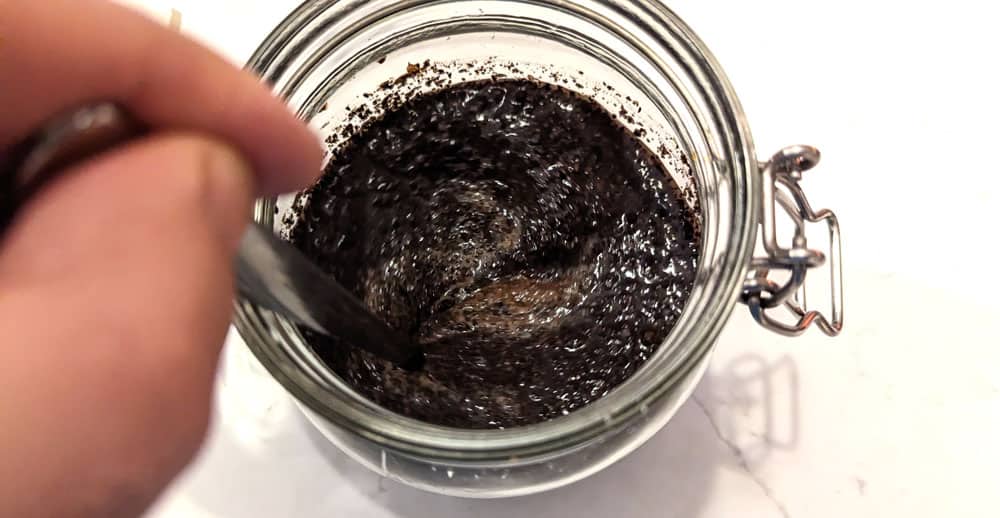
- Prepare everything based on my cold brew coffee recipe.
- Add coarsely ground coffee to your usual cold brewing container.
- Pour a small amount of hot brewing water over them.
- Let it bubble and degas for around 40-60 seconds
- Proceed with adding cold water as usual.
Remember that each method may have slight variations in measurements or duration based on personal preferences or equipment specifications.
Feel free to experiment within these guidelines until you find what works best for you and enjoy discovering new flavor possibilities through coffee blooming.
Frequently Asked Questions (FAQs)
If you’re new to the concept of coffee blooming, you probably have some questions in mind. Don’t worry; we’ve got you covered. Here are answers to a few frequently asked questions about coffee blooming:
The general rule is to use about 2 grams of water for every gram of coffee. However, if precise measurements aren’t your thing, aim for adding just enough water to wet the grounds without it dripping through the filter.
While there is no evidence that extended blooming affects flavor, remember that blooming accelerates degassing and can lead to the loss of flavor compounds along with carbon dioxide. It’s best not to let your bloomed coffee sit too long before brewing—around a minute is usually sufficient.
Coffee beans lose their ability to produce significant amounts of gas after two weeks of roasting or grinding. Old or pre-ground beans won’t exhibit noticeable bloom regardless of your efforts.
Always choose hot water when it comes time to bloom your coffee since hotter temperatures speed up carbon dioxide release and prepare your ground for more flavorful extraction during brewing.
Letting your bloomed coffee sit for around 30 seconds up until one minute works well in most cases. For espresso lovers though, ‘pre-infusion’ only lasts between 2-10 seconds before engaging the pump mechanism.
Yes, some coffee machines like the OXO Brew have an automatic bloom feature, integrating this extra step right into their program.
Since there’s very little water you use in blooming, there shouldn’t be any excess water to discard. If you’re using pour over, for example, the few drops of water that get into your carafe shouldn’t be a bother.
Conclusion
Coffee blooming is not necessary for your brews but let me tell you from personal experience— you don’t want to miss the opportunity to maximize your coffee’s potential with a short extra step in your coffee-making.
I’ve seen firsthand how blooming can transform a mediocre cup of joe into something truly exceptional. It brings out the full potential of the coffee’s flavor, releases delightful aromas locked within the beans, and allows all the desirable compounds to infuse into your brew. Plus, watching those bubbles form on top of your brewing vessel adds an element of beauty and excitement.
So go ahead, give it a try yourself. Trust me, you won’t be disappointed. Happy brewing.

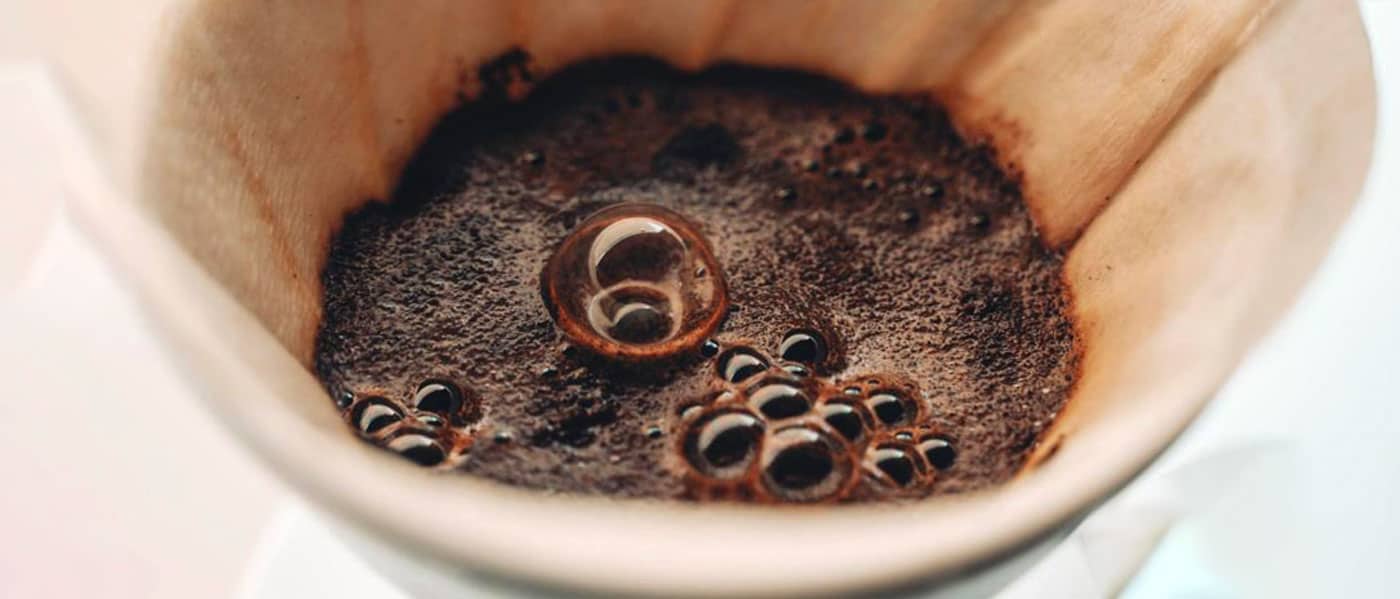

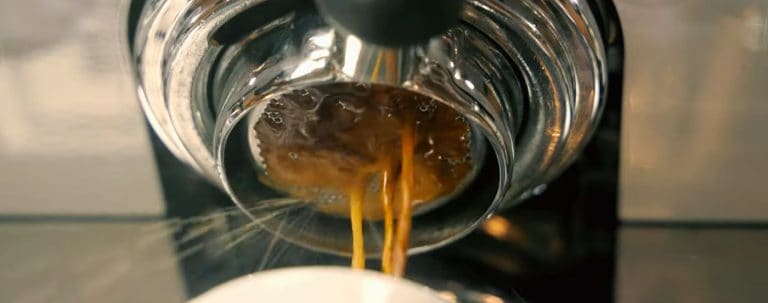


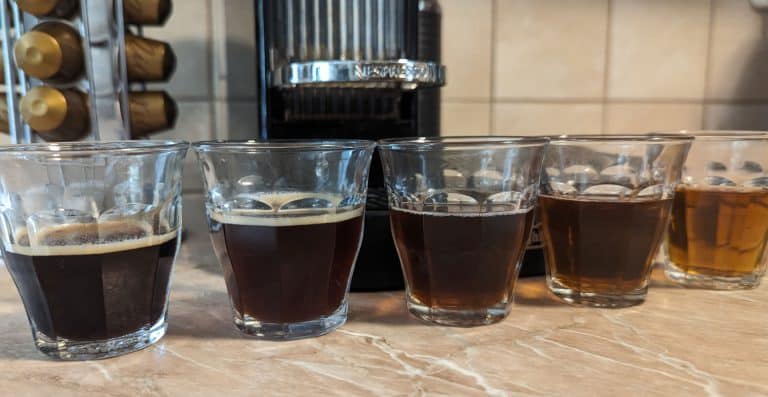
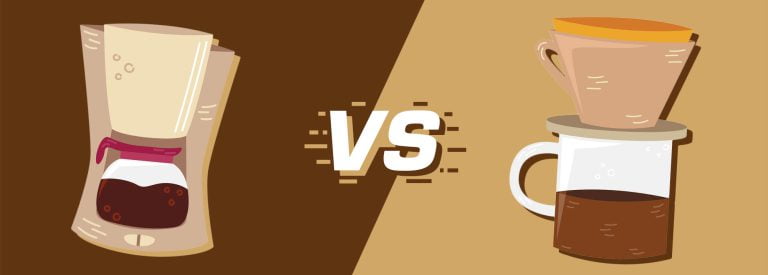
Tom, your article was enlightening, but I’m seeking a bit of clarification on the grind size for optimal blooming. Is there a particular grind size you recommend for the French Press method? I’ve been experimenting, but I haven’t quite found the sweet spot yet.
Yes, here is an article on how to make french press coffee, you’ll find the details there.
Fellow enthusiasts, I’d like to offer a bit of expertise on the subject of bean origin and its effect on bloom. Typically, beans from high-altitude regions tend to have denser cellular structure, thus possibly retaining more carbon dioxide. This can lead to a more pronounced bloom, something I’ve observed with my recent Ethiopian Yirgacheffe beans.
I’ve got a question for anyone willing to share their insights—has anyone tried blooming with an espresso machine? The article suggests that it’s possible, but I’m a bit skeptical about how it would work with the quick extraction process of espresso. Any tips or experiences would be so helpful.
With espresso machines, you preinfuse the puck, not bloom. Most of the quality machines have this feature nowadays.
I’m absolutely loving discovering all of these nuanced coffee brewing techniques. Tom, your step-by-step guide for different brewers was particularly helpful. I never knew cold brew could benefit from blooming. Been brewing for years, but you’ve just given me a whole new project to work on.
Tom, your explanation on coffee blooming has truly transformed my home brewing experience. Who knew such a simple step could make such a big difference? My morning cup now has a richer flavor and an aroma that wakes up the whole house. That, or the sound of the grinder, hehe 🙂
😀
Who doesn’t love waking up to the sound of a coffee grinder, right?
After reading your article, I decided to give blooming a try with my pour-over set. I can’t believe the difference it made. The coffee tastes so much smoother, and the aroma is just heavenly. It’s become a necessary ritual in my brewing process now. Thanks for the tip.
I’m curious, Tom. How significant is the impact of humidity on the blooming process? I live in a pretty humid area and I’m wondering if that’s why my coffee doesn’t bloom as much as expected. Should I be adjusting the water temperature or perhaps the grind size to compensate?
Hmmm. I’m no coffee scientist, but I don’t think humidity would affect the bloom. It would definitely affect your coffee beans if stored incorrectly though, that may be the source of your problems. Most people store their beans in the bag they bought it in, which is not that great, especially in highly humid regions. Get a vacuum based container, that would suck out the humidity from your beans while storing them.